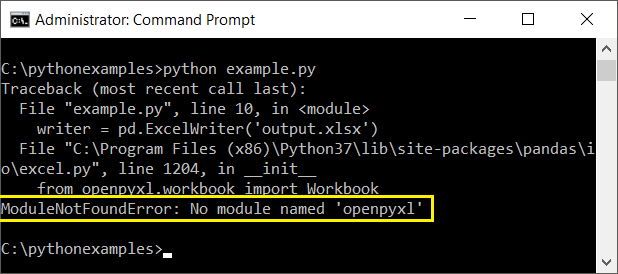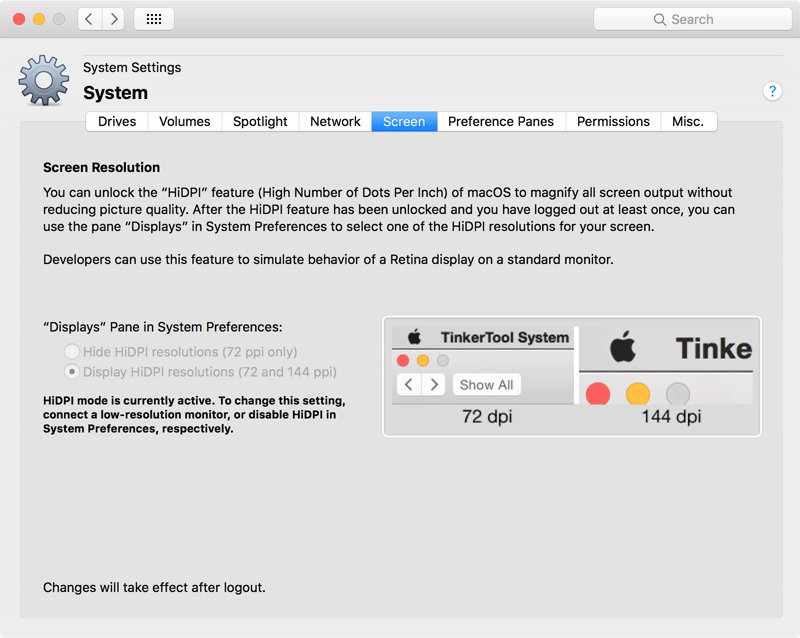

- #No module named tinkertool how to
- #No module named tinkertool install
- #No module named tinkertool 64 Bit
- #No module named tinkertool utorrent
Restart apache by running the following command: To change the ownership of the repository files enter the following command from terminal prompt:Ĭhown -R www-data:www-data /home/svn/repo1Ĭhown -R www-data:www-data /home/svn/repo2 In Ubuntu systems, normally the HTTP user is www-data. To import or commit files to your Subversion repository over HTTP, the repository should be owned by the HTTP user. Htpasswd -cm /etc/apache2/dav_svn.passwd geeky After that you will only want to use the -m option, which specifies MD5 encryption of the password, but doesn't recreate the file. Note that you should only use the -c option the FIRST time that you create a user. To create a user on the repository use, the following command:

The Location element in the configuration file dictates the root directory where subversion will be acessible from, for instance:, uncomment following lines. Vi /etc/apache2/mods-enabled/dav_svn.conf Next we'll need to edit the configuration file for the subversion webdav module. We're going to create the subversion repository in /svn, although you should choose a location that has a good amount of space to create multiple repos.
#No module named tinkertool install
Install Subversion with Web Access on UbuntuĪpt-get install subversion libapache2-svn Personally i prefer transaction-per-request but afaik there is nothingīaked into spring that will do that so you will have to roll your own. user sees an error - but the data is already saved - a little inconsistent. eg the business logic runs fine and saves the data but an error in the ui causes an error page. with session-per-request there is no such guarantee. if the user sees an error page have his changes been saved to the database to some degree? with transaction-per-request you are guaranteed that if user sees an error screen none of their changes have been preserved - because whatever displayed the error screen also rolled back the transaction. The difference between session-per-request and transaction-per-request is data integrity from the user's perspective. all other operations inside a request run within that one transaction.

this means on first access you create a session and a transaction. The other way is a single transaction-per-request. this is what the spring osiv filter does. You can use for ui with all the stuff from business logic already loaded. this is better because after your business logic is done you have the session transactions share the session and even after the transactions are done you still have a session. There are two ways to solve this: either use session-per-request -which means on first transaction you open a session, and keep it open for the duration of the requests. this is not convenient because after your business logic closes the transaction you can no longer use the session in the ui.

The default pattern is session-per-transaction. There are three patterns to transaction management
#No module named tinkertool how to
How to uninstall MySQL 5.1 on Snow Leopard This is incase if you install, how uninstall instruction Installed Mysql x86-64 bit version and UI tool sequel pro Open tinkertool->fonts->Help Tags, change it to default 11 to 14, bigger size. Need to correct the smaller fonts on the tree pane to the left side of eclipse(package explorer, navigator) Xcode installs following tools-Python 2.6, Ruby1.8, Perl, Ant, Maven.Ĭreated a directory dev under home directory and unzipp the eclipse.
#No module named tinkertool 64 Bit
Set up to boot in 64 bit mode only on SL(default 32bit),ĭefaults -currentHost write -globalDomain AppleFontSmoothing -int 4 Use the new Menlo font which is indeed is a DejaVu font, instead of monaco Show package contents->ist->add child->Application UI value 4įrom here on, it is mostly a Developer thingy, To supress the dock and top Menu on 13" mac only to get a 20 pixel extra real estate use
#No module named tinkertool utorrent


 0 kommentar(er)
0 kommentar(er)
